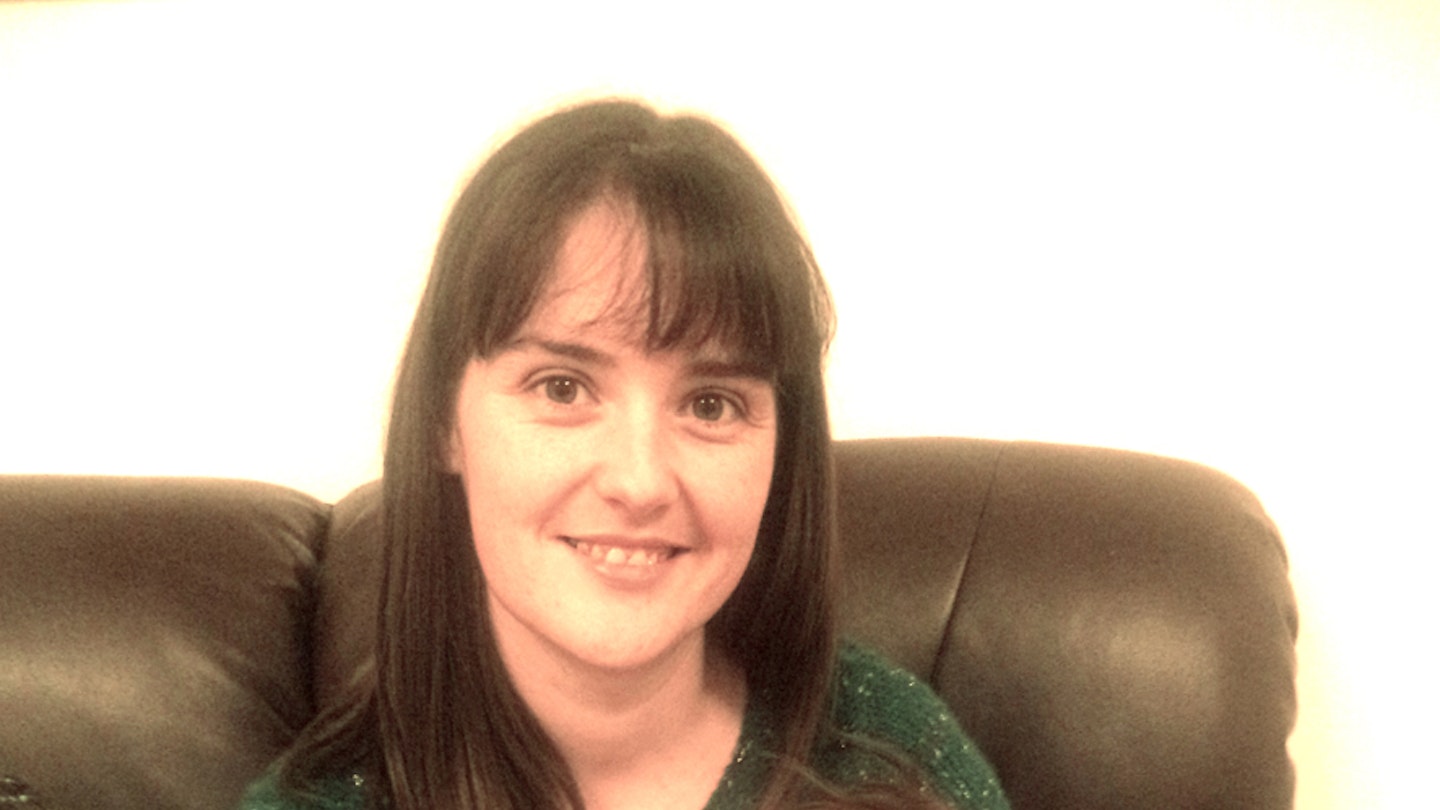Increasing numbers of women are finding social media gives them support during labour. Find out how this mum used FaceTime
Gemma Ross, 29, and her husband David, 33, both teachers, live in Sittingbourne, Kent, with Charlie, three, and Oliver, four months
My first birth made me nervous about my second
With Charlie, I’d been induced after a long labour and ended up having a forceps delivery. When I felt the first twinges one day after my due date, I hoped I’d be able to have a faster delivery this time round.
When the pain kicked in, I wanted my mum
When David got home from work, he started timing the contractions using an app on his phone. They were just a few minutes apart, which made me feel panicky. My parents and sister live in Northern Ireland, so I called my mum on FaceTime, using the iPad.
Seeing my mum's face pop up on the screen instantly calmed my nerves
Seeing her face pop up on the screen instantly calmed my nerves and reassured me. Holding the iPad and seeing her, then my dad, was a great distraction while having a contraction. I couldn’t sit still, so I walked around, focusing on the screen, even though I couldn’t always talk to them.
Granny gave me live labour advice
Next, I dialled my sister Jennifer, showing her where I could feel pains tugging at my insides. My grandma was at my sister’s house, so I got to talk to her, too. Seeing all my close relatives and hearing their advice really helped take my mind off what was to come.
By this point, the contractions were pushing down on my abdomen, forcing me to bend over. So, after an hour and a half on FaceTime, I logged off and took my grandma’s advice of having a bath.
My waters broke in the car
Getting out of the bath, the pain was overwhelming, which made me wonder if I was further along than I thought. So, we headed to hospital, which was the right decision as intense contractions came one after the other.
I was still feeling calm, but knew I wanted to be near medical professionals. My waters broke and flooded the seat. I could sense David’s panic as he put his foot down, desperate to get to the hospital.
Gas and air calmed me down
In the delivery room, I puffed on the gas and air, feeling a wonderful rush of calm. The midwives were amazed to find I was 9cm dilated already. Then, feeling an urge to push, I started bearing down.
Pushing felt incredibly painful and, when the baby’s head still hadn’t come out after 45 minutes, I heard someone mention the word forceps, so I mustered all my strength. Suddenly, I felt a sharp stinging sensation – the baby had crowned without the forceps after all.
Pushing the head, then the body, took my last reserves of energy, but the final part of the birth felt very quick. I caught my breath as my baby was handed to me and I gazed at him, euphoric at what I had just achieved.
I FaceTimed my parents a few minutes later, and proudly showed them my beautiful son. Seeing their faces at the sight of their new grandson was absolutely magical.
What I Would Tell My Friends
During early labour, chat to your family and friends or watch TV – anything to stop you thinking about the pain.
Stay at home for as long as possible. Hospitals can make you feel a lot less relaxed. I’m quite convinced my labour wouldn’t have progressed so fast if I’d gone in sooner.
Use Aveeno cream – it was great at soothing Oliver’s dry skin. It’s completely natural and safe to use on newborns.
